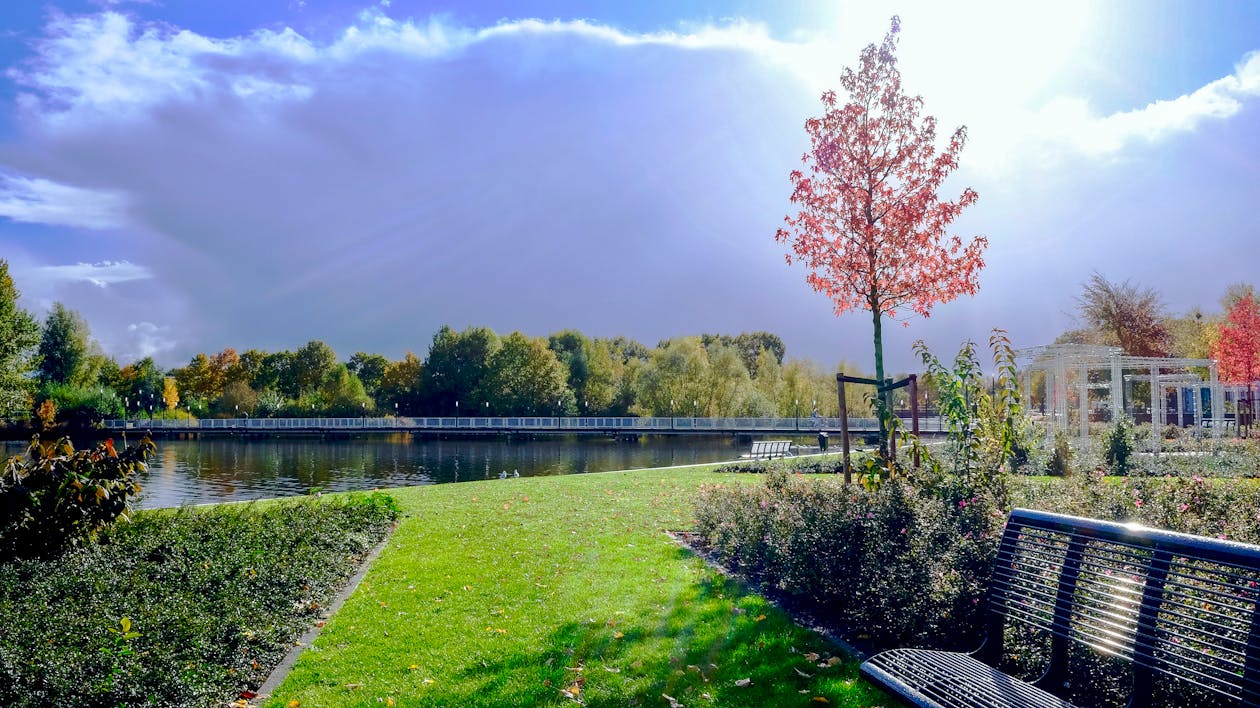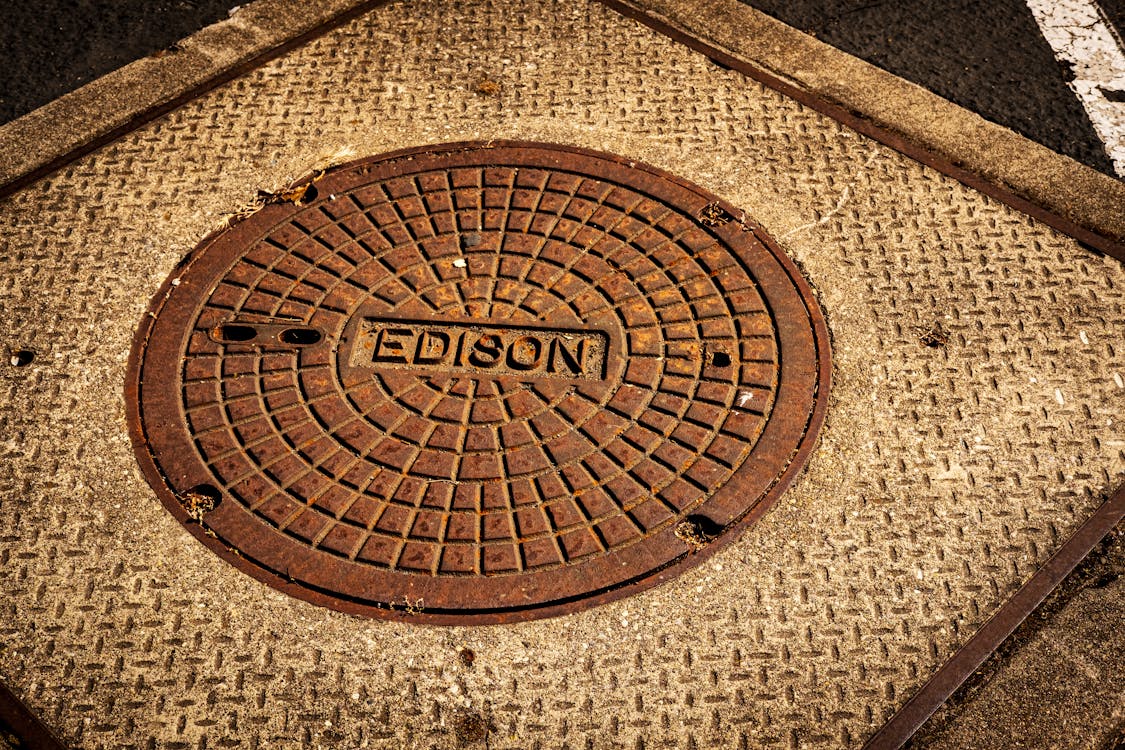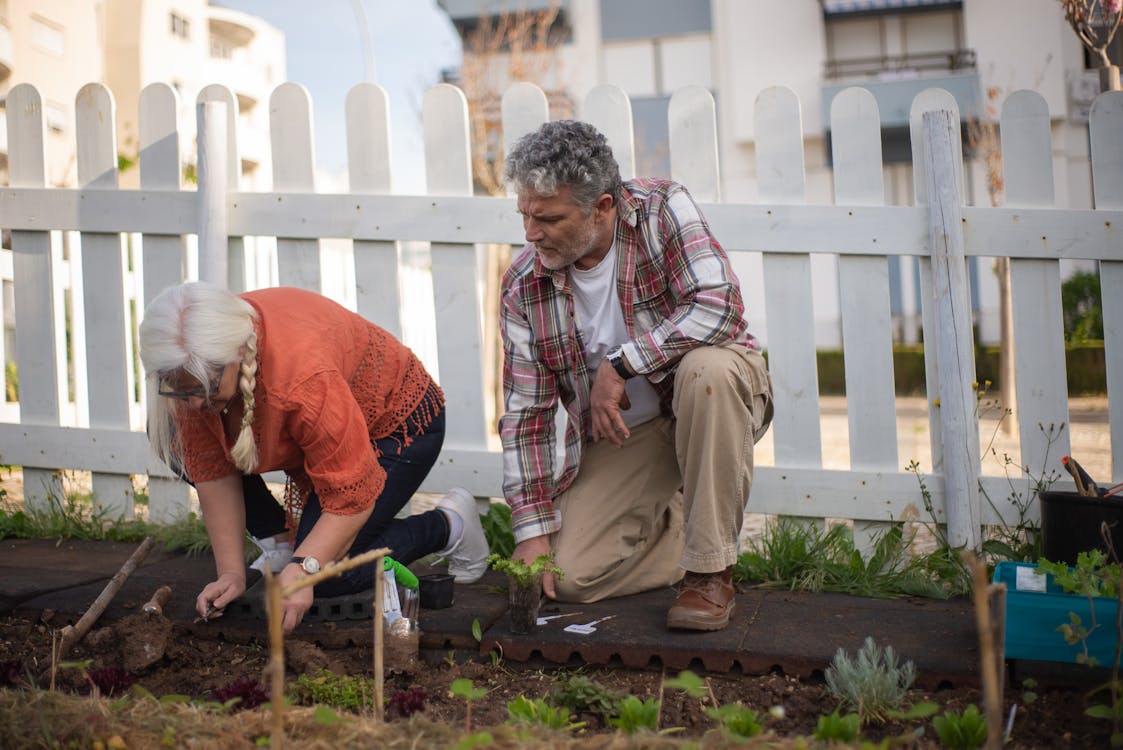Laying bricks for a garden border is a classic project that adds both form and function to your outdoor space. It defines your garden, keeps mulch in place, and prevents grass from creeping into your flower beds. However, as straightforward as it sounds, there’s a bit of groundwork (pun intended) that goes into it. But once you understand the process, you’ll be on your way to a beautiful brick border. Here, we break down how to lay bricks for garden edging step-by-step and compare it with easier, more modern garden border edging solutions.
How to Lay Brick Edging
Step 1: Planning Your Brick Border
Before you even think about picking up a shovel, spend some time planning your garden edge. Do you want clean, straight lines, or are you going for soft curves? You can use a garden hose to map out the design. Once you’re satisfied with the shape, mark your path with stakes and a string line for straight edges, or keep the hose in place if you prefer curves.
The next question is how many landscaping bricks you’ll need. To find out how many bricks are required, measure the length of your garden bed and divide it by the length of a whole brick. If you’re working with old bricks or planning tight curves, you may need more half bricks to get the perfect fit.
Step 2: Digging the Trench
Now that you’ve got your brick edge mapped out, it’s time to dig. The trench for the edge line should be wide and deep enough for the bricks to sit securely—about 3 to 4 inches is typical, but it depends on your bricks. A lawn edger or flat-bladed shovel works well to carve out the trench. If your soil is rocky or packed, this part might take a little muscle.
Once the trench is dug, line it with a paver base. This provides a stable foundation and prevents the bricks from shifting over time. Tamp down the base with the end of your shovel or a hand tamper to make sure it’s compact and level.
Step 3: Laying the Bricks
Now for the fun part—start laying the bricks! Start at one end of your trench and place the first brick, tapping it into place with a rubber mallet. Make sure the brick is level, both vertically and horizontally. A slight slope away from the garden is ideal to encourage water drainage, which will help prevent flooding in your flower bed.
If you’re working with a straight edge, continue placing bricks along the line, tapping each one to sit flush with the next. For curved sections, you may need to use smaller or cut bricks to maintain a smooth line. Remember to frequently check that your bricks are level as you go.
Step 4: Securing the Border
After the bricks are in place, fill the gaps between them with sand. Brush the sand into the cracks, and tamp the bricks down again to ensure a tight fit. If you live in an area with heavy rain, you might also want to add gravel under the bricks to help with drainage.
Next, use the dirt you dug out earlier to backfill the trench on both sides of the brick border. This not only stabilizes the bricks but also helps to blend the edging with the rest of the garden bed.
Step 5: Finishing Touches
Once your brick border edging is complete, step back and admire your work! However, your job isn’t quite done. Over time, bricks may shift or settle, especially in areas prone to severe weather. Be prepared for occasional maintenance, whether it’s re-leveling bricks, re-filling gaps with sand, or clearing out weeds that manage to creep through.
For those who don’t want to deal with these upkeep issues, there are alternative options worth considering. Vodaland’s plastic garden edging and metal garden edging products provide a sleek, durable solution that requires far less maintenance.
The Drawbacks of Brick Edging
While brick edging can be beautiful, it’s not without its drawbacks. For one, the installation is labor-intensive. From digging the trench to leveling each brick and ensuring everything is flush, it takes time. Additionally, bricks can shift over time, especially in areas with heavy rainfall or freeze-thaw cycles. The paver base helps, but even the best-installed bricks may require adjustments after a year or two.
Water management is another potential issue. If bricks are laid flat with no slope for drainage, they can trap water in the garden bed, causing problems for plants. The solution? Proper drainage systems. Vodaland offers a range of landscape drainage solutions to help manage water flow around your garden.
Lastly, there’s the ongoing maintenance. Weeds love the gaps between bricks, and if you’re not vigilant, they’ll start popping up. You’ll also need to check the levelness of the bricks regularly to avoid that uneven, disheveled look.
Vodaland Garden Edging Alternatives
If you’re hesitant about the time and effort involved in installing and maintaining brick garden edging, Vodaland has you covered. Our plastic garden edging and metal garden edging are both easy to install and require virtually no maintenance compared to traditional brick border edging.
Plastic garden edging is flexible, making it ideal for curved designs. It’s lightweight and simple to install—no need for heavy digging or tamping. It’s also more forgiving on slopes, so you don’t have to worry about drainage issues.
For those seeking a more modern, durable option, metal garden edging offers a sleek, long-lasting solution. This edging is resistant to weather and won’t crack or shift like bricks. Plus, it requires minimal tools and can be installed in a fraction of the time it takes to lay bricks.
Finding the Perfect Fit for Your Garden
Laying bricks for garden edging is a project that offers a sense of accomplishment and adds a timeless touch to your landscape. However, it’s also a labor-intensive process that requires careful planning and regular maintenance. If you’re up for the challenge, a well-done brick border can last for years and add a charming, rustic look to your yard.
But if you’d prefer a quicker, low-maintenance option, Vodaland’s garden border edging products—whether plastic or metal—are excellent alternatives. These options are not only easier to install but also far more durable, saving you time and effort in the long run.
Whatever edging solution you choose, make sure it fits your garden’s needs and your personal style. After all, a well-defined garden edge is the finishing touch that brings the whole landscape together.



Leave a comment
This site is protected by hCaptcha and the hCaptcha Privacy Policy and Terms of Service apply.